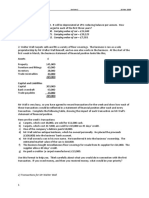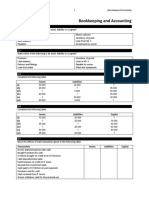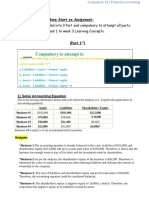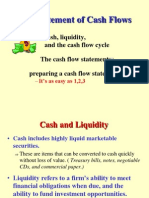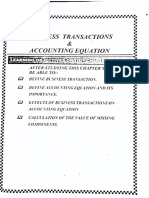ACC1006F/1106F FINANCIAL ACCOUNTING 2021
W01 ACB1 – IN-VIDEO EXAMPLE FOR LESSONS 4 - 8
In its first month, a business has the transactions shown below:
Transaction 1: Raised a R50 000 bank loan, deposited into the business’s bank account
Transaction 2: Owner contributes cash of R100 000 to the business
Transaction 3: Acquired a vehicle for R70 000 cash
Transaction 4: Acquired stock on credit for R30 000
Transaction 5: Paid supplier R10 000 for stock purchased on credit
Transaction 6: Acquired stationery for R2 000 cash
Transaction 7: Paid R5 000 for two months of insurance
Transaction 8: Sold stock for R60 000 cash (cost of this stock was R15 000)
Transaction 9: Sold stock on credit for R40 000 (cost of this stock was R10 000)
Transaction 10: At the end of the month, paid salaries of R20 000
Transaction 11: At the end of the month, interest on the bank loan is due (15% p.a.)
Transaction 12: At the end of the month, only R500 of stationery remains
Transaction 13: At the end of the month, the business is covered for only one month of insurance
Transaction 14: Owner takes R3 000 cash out of the business for personal use
Transaction 15: Owner takes inventory with a cost of R1 000 out of the business for personal use
Required:
Show how each of the above transactions affect the financial position of the business as represented
by A = E + L, as in the table below. You need to clearly indicate whether the element has increased
or decreased and state the relevant amount and account that would be affected.
LESSON 4:
Trans. Assets = Equity + Liabilities
LESSON 5:
Trans. Assets = Equity + Liabilities
7
�LESSON 6:
Trans. Assets = Equity + Liabilities
LESSON 7:
Trans. Assets = Equity + Liabilities
10
11
12
13
14
15
LESSON 8:
• What was the profit for the month?
• What is the total asset value at the end of the month?
• Show in detail how the assets were funded.
















